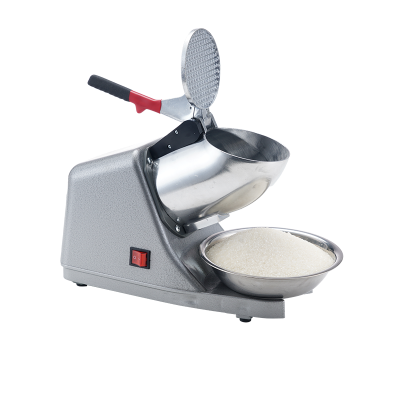The history of the countertop ice shaver is a fascinating journey that intertwines cultural traditions, technological advancements, and culinary creativity. Originating from ancient practices, the concept of shaving ice can be traced back to Japan, where it was known as kakigori. This delicacy, enjoyed by the aristocracy, involved finely shaved ice topped with flavored syrups, making it a luxurious treat reserved for special occasions. As Japanese immigrants moved to Hawaii in the 19th century, they brought this tradition with them, adapting it to local tastes and ingredients. This marked the beginning of what we now recognize as Hawaiian shave ice, a popular dessert that has gained international acclaim.
In the early 20th century, the countertop ice shaver began to evolve with the advent of industrial ice production. Ice availability became more widespread, allowing families to enjoy shaved ice at home. Introducing electric machines revolutionized the process, making it easier and faster to create this refreshing treat. By the 1930s, the motorized ice shaver was patented, paving the way for the modern countertop ice shaver we see today. This innovation not only improved efficiency but also enhanced the texture of the ice, allowing for a fluffier and more enjoyable product.
The cultural significance of the countertop ice shaver extends beyond its delicious offerings. In Hawaii, shaved ice is more than just a dessert; it embodies the spirit of aloha and community. Local shops often serve as gathering places where families and friends come together to enjoy this sweet treat. The shaved ice flavors reflect Hawaii's diverse cultural influences, with options ranging from traditional fruit syrups to unique combinations that showcase local ingredients. This cultural fusion has helped elevate the countertop ice shaver to a symbol of Hawaiian hospitality.



